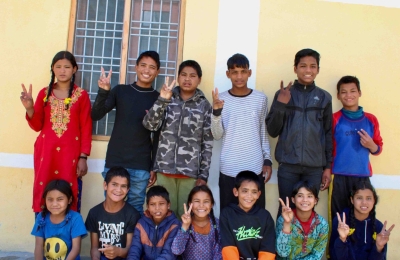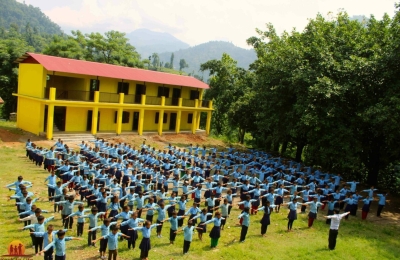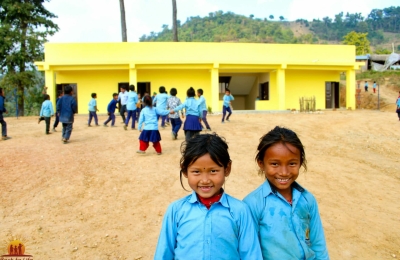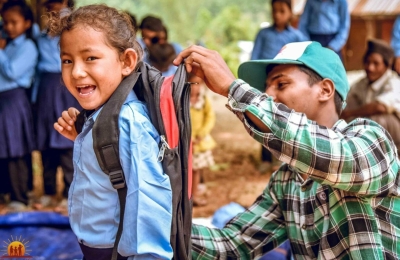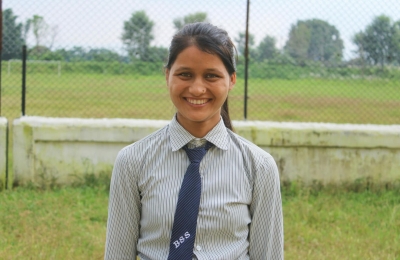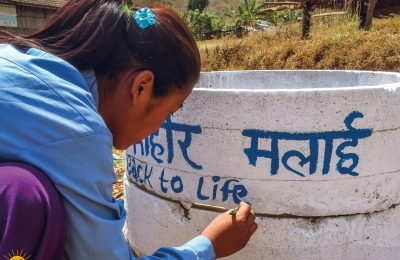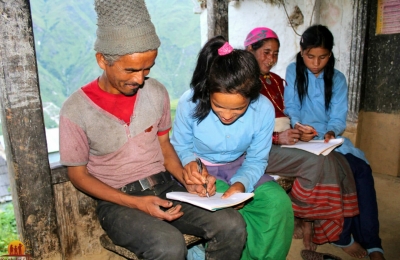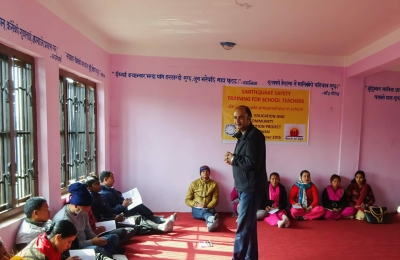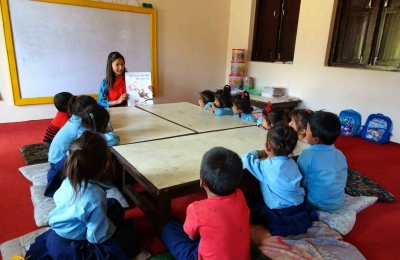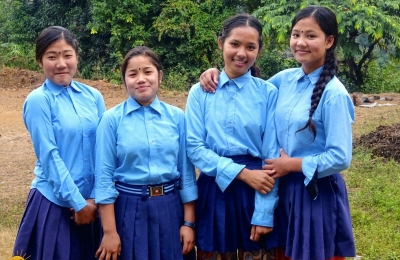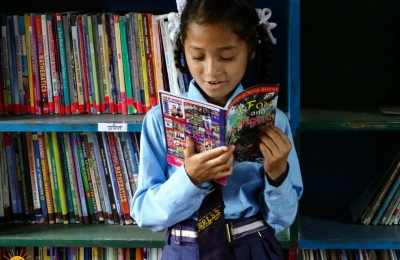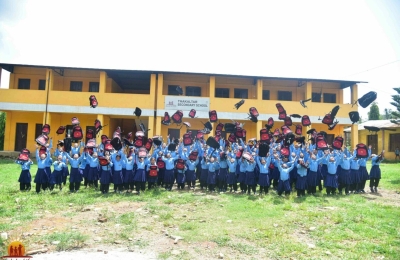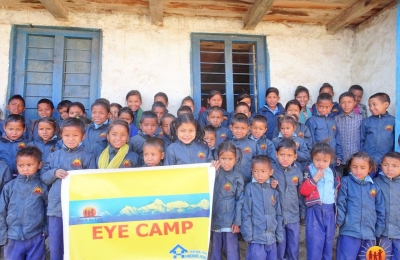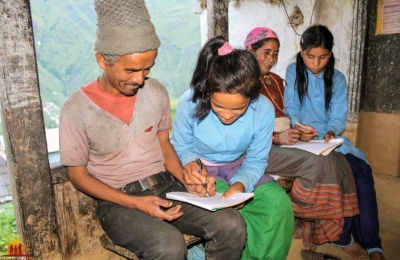Rainy season
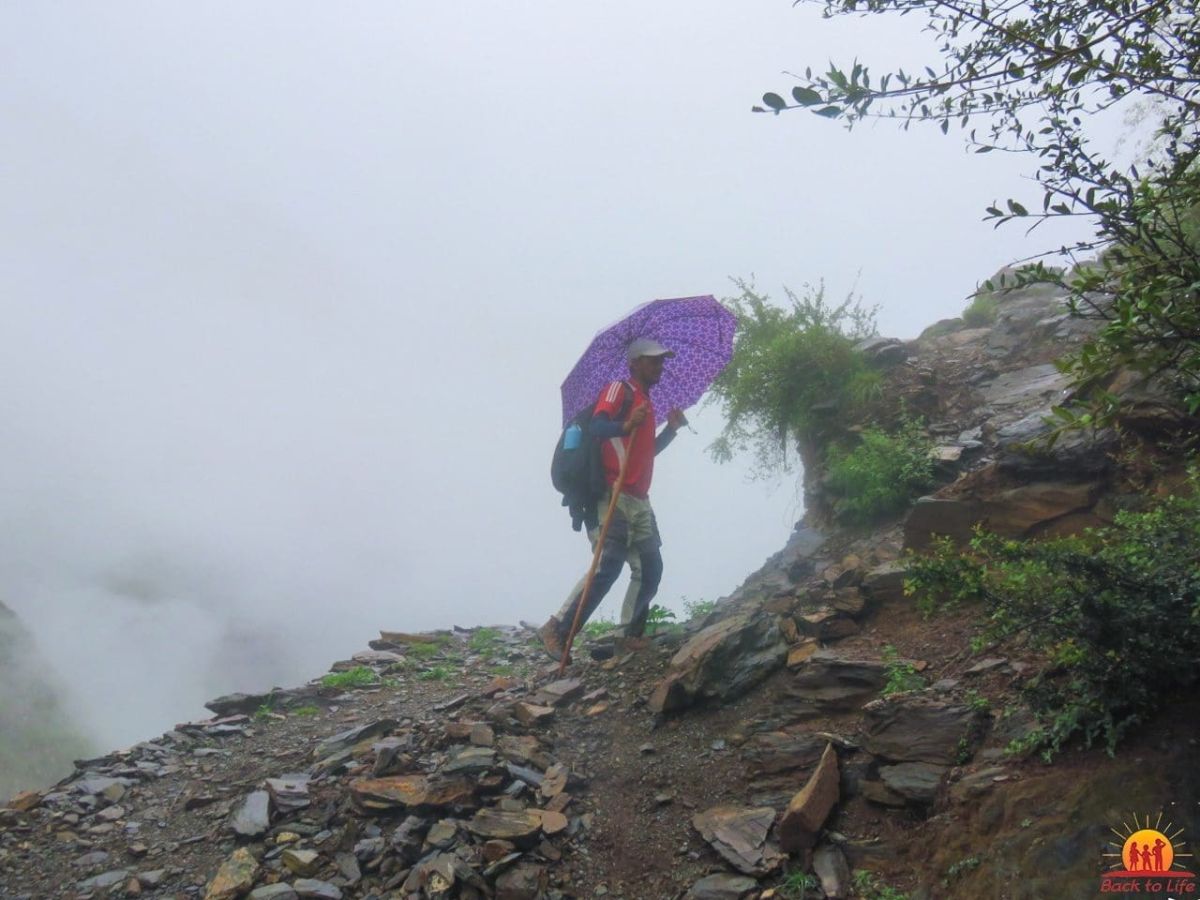
A natural phenomenon with two faces
The term monsoon is derived from the Arabic word ‘Mausam’ for season, which is what it means in the language. This term was first used in English in British India and neighboring countries to denote the large seasonal winds that bring heavy rains to the region.
A boon for agriculture
The three-month monsoon season in Nepal is the main rainy season of the year between mid-June and the end of September, which is also the summer time. During the monsoons it rains almost every day, often accompanied by powerful thunderstorms.

The monsoons are important for agriculture and plant diversity. Most of Nepal’s population lives from agriculture. Since the land does not have a developed irrigation system, the farmers use the monsoon season to sow. The farmers help each other and provide workers so that each family can plant during the water-rich time. During the rainy season, rice is planted in the fields in addition to maize and millet. Rice is the Nepalese staple food.
As Nepal lies within the Indian subcontinent on the southern slopes of the great Himalayas, the country has a significant summer monsoon season. Typically, an average of 105 rainy days are recorded in Nepal, with around 80% of the rain falling in the monsoons. The monsoon in Nepal has its origin in the Bay of Bengal and runs along the southern flanks of the Himalayas. The eastern part of the country receives a little more rainfall from the monsoons.
A danger to people
But the rainy season also has a different, very dangerous face and causes considerable damage in large parts of the country. In many places people suffer life-threatening situations; hundreds of people are injured and killed every year.
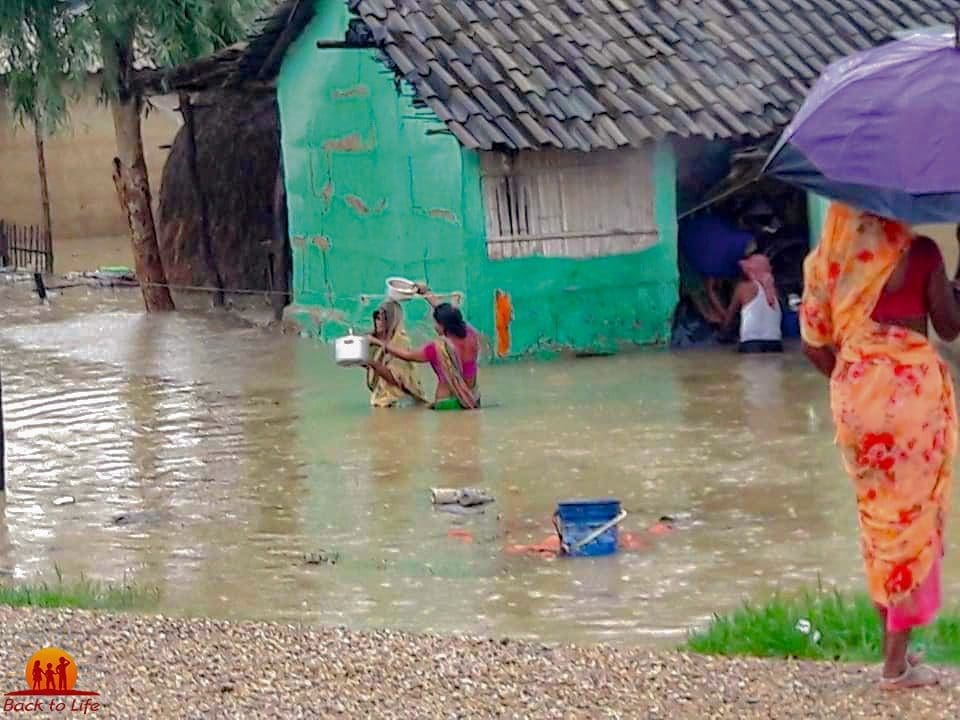
In the capital Kathmandu there are hours of power cuts and flooded streets, houses and shops are not spared and run full of dirty water, some collapse.
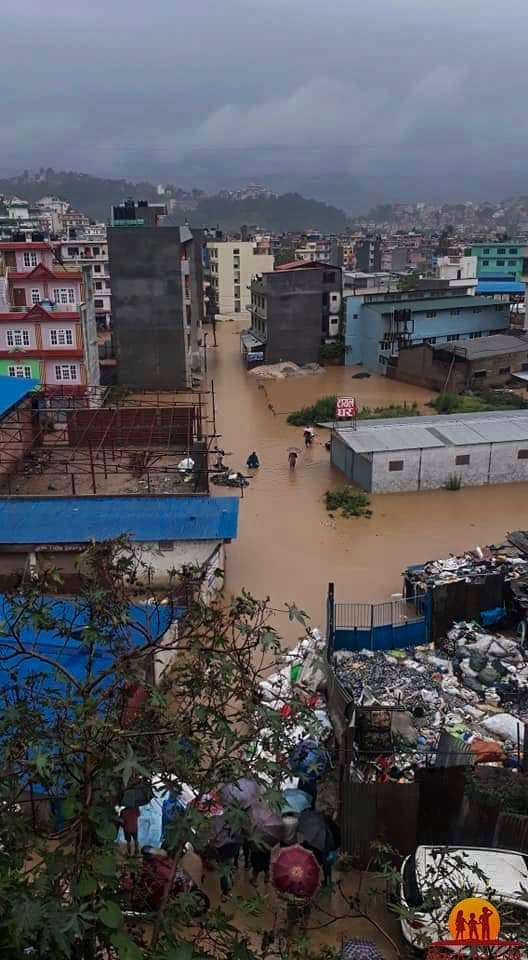
In the countryside, the masses of water from the overflowing rivers are a danger for many. Floods often mean that the villagers not only lose their meager belongings, but also the valuable seeds for the next season. Due to the massive deforestation of the forests, many mountain villages are also threatened by landslides when the rain softens the steep, fallow slopes. Masses of earth and mudslides bury everything that gets in their way.
In the mountainous region of Mugu we have to declare a temporary construction freeze for the birth houses or schools under construction every monsoons, because the paths are flooded or blocked by landslides. The continuous rain makes the construction work temporarily impossible.
The monsoon with all its facets remains formative for the country and the life of the people of Nepal. Every year we are happy and grateful when the local people remain unharmed and we can continue to reach and support the residents in our project areas.
